Cultivating Zucchini: Tips for a Successful and Abundant Harvest
Table of Contents
Zucchini is a summer squash that can be both easy to grow and abundantly productive. However, achieving a successful harvest requires attention to several important gardening practices. From preparing the soil to managing pests and ensuring proper pollination, each step is crucial for cultivating healthy zucchini plants. This article provides essential tips for gardeners looking to maximize their zucchini yield and enjoy a bumper crop.
Key Takeaways
- Enrich soil with organic matter and create nutrient-rich planting pockets to promote robust zucchini growth.
- Utilize mulching to control weeds and retain soil moisture, and fertilize monthly for healthy plants.
- Address common challenges by ensuring proper pollination, controlling pests, and managing water and fertilization.
- Harvest zucchini at the right time using proper techniques and store them correctly to maintain freshness.
- Incorporate companion planting with zucchini to enhance growth, prevent pests, and maintain soil health through crop rotation.
Preparing the Garden for Cultivating Zucchini
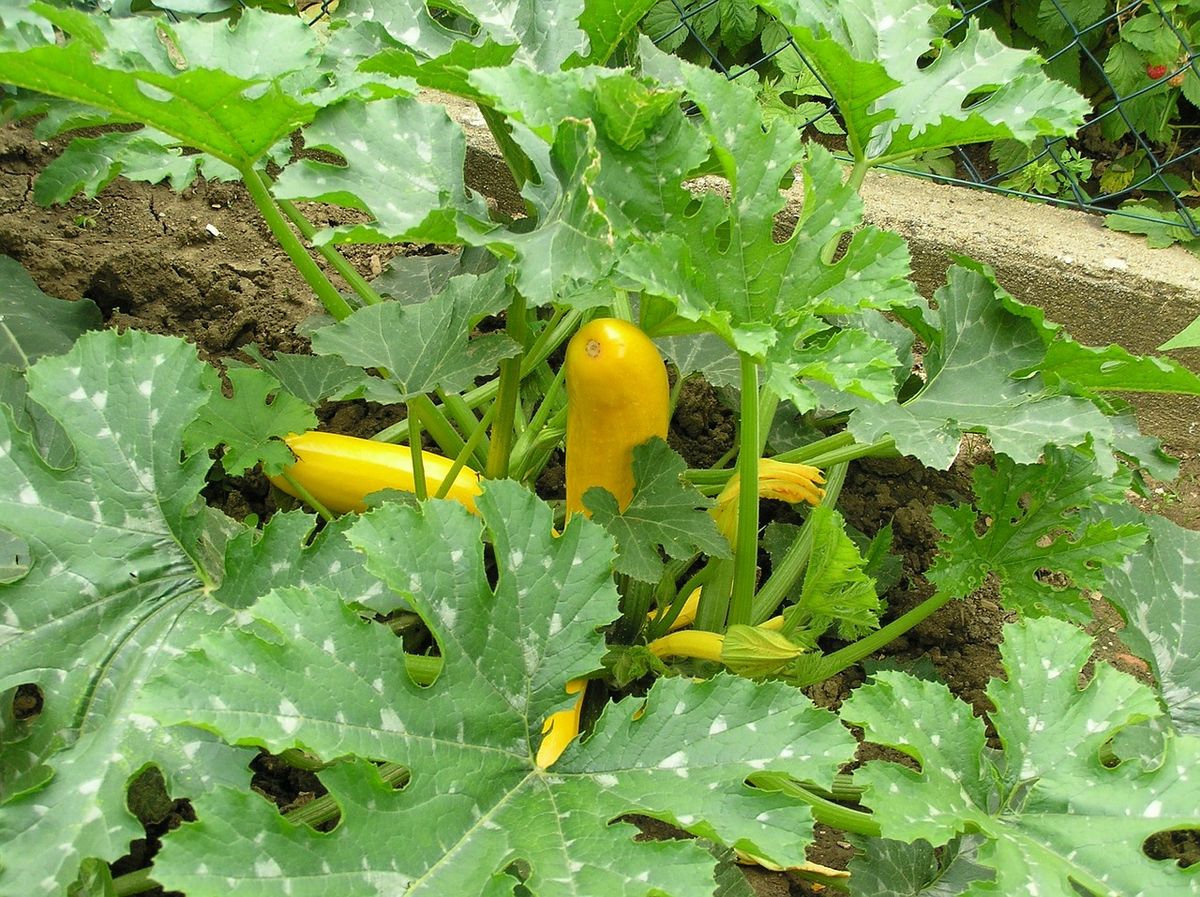
Enriching Soil with Organic Matter
To set the stage for a bountiful zucchini harvest, enriching the soil with organic matter is crucial. Incorporating compost into your garden beds not only improves soil structure but also increases fertility. This is particularly important in areas with variable climates, where soil must efficiently manage water during wet and dry spells.
Organic amendments like compost or well-rotted manure are essential for optimal vegetable growth. They provide necessary nutrients and enhance microbial activity, which in turn bolsters plant health and resilience. Experienced gardeners recommend an annual application of organic matter to significantly elevate soil quality.
By maintaining a high concentration of organic matter, gardeners ensure their soil is primed for zucchini planting. The dark color of the soil often indicates a rich organic content, which is ideal for water retention and plant nourishment.
Here’s a simple guide to enriching your soil:
- Test the soil to determine its nutrient needs.
- Apply N-P-K based on soil test recommendations.
- Annually add organic matter to maintain soil health.
- Use amendments like lime or sulfur to adjust soil pH if necessary.
- Ensure any added material is well-incorporated into the soil.
Creating Planting Pockets for Nutrient-Rich Soil
To ensure your zucchini plants have access to the nutrients they need, creating planting pockets is a vital step in garden preparation. These pockets allow for concentrated deposits of organic matter and fertilizers, right where the plants can best utilize them.
- To fertilize:
- Test the soil to determine nutrient needs.
- Apply N-P-K based on soil test recommendations.
- Use organic or slow-release fertilizers to maintain consistent nutrient levels.
- To amend:
- Add organic matter annually.
- Use amendments like lime or sulfur to adjust pH as necessary.
- Ensure any added material is well-incorporated into the soil.
By following these steps, you’ll create an optimal growing environment for your zucchini. Remember to thoroughly water after planting and consider adding a layer of mulch to lock in soil moisture.
Maintaining soil quality involves ensuring a consistent supply of organic matter. Incorporating compost enhances soil structure and fertility, which is crucial for Connecticut’s variable climate.
Implementing an Effective Watering Strategy
To ensure your zucchini plants receive the optimal amount of moisture, implementing an effective watering strategy is crucial. Begin by watering your garden in the early morning to reduce evaporation and help prevent fungal diseases. This practice keeps the soil evenly watered and creates an environment less conducive to pests.
Deep watering encourages deeper root growth and drought tolerance. By watering less frequently but more thoroughly, you promote a strong and resilient root system.
Utilize drip irrigation systems to deliver water directly to the base of the plant, minimizing waste and water evaporation. Additionally, consider rainwater harvesting to conserve tap water and provide your plants with a natural water source. Here’s a quick guide to efficient watering practices:
- Morning Watering: Reduces evaporation and disease risk.
- Deep Watering: Promotes root growth and drought resistance.
- Drip Irrigation: Targets plant needs, conserves water.
- Rainwater Harvesting: Eco-friendly and cost-effective.
Remember to adjust your watering routine to reflect the changing environmental conditions, such as Connecticut’s variable climate. Observing your plants for signs of stress will help you tailor your watering practices to their needs.
Optimizing Zucchini Growth
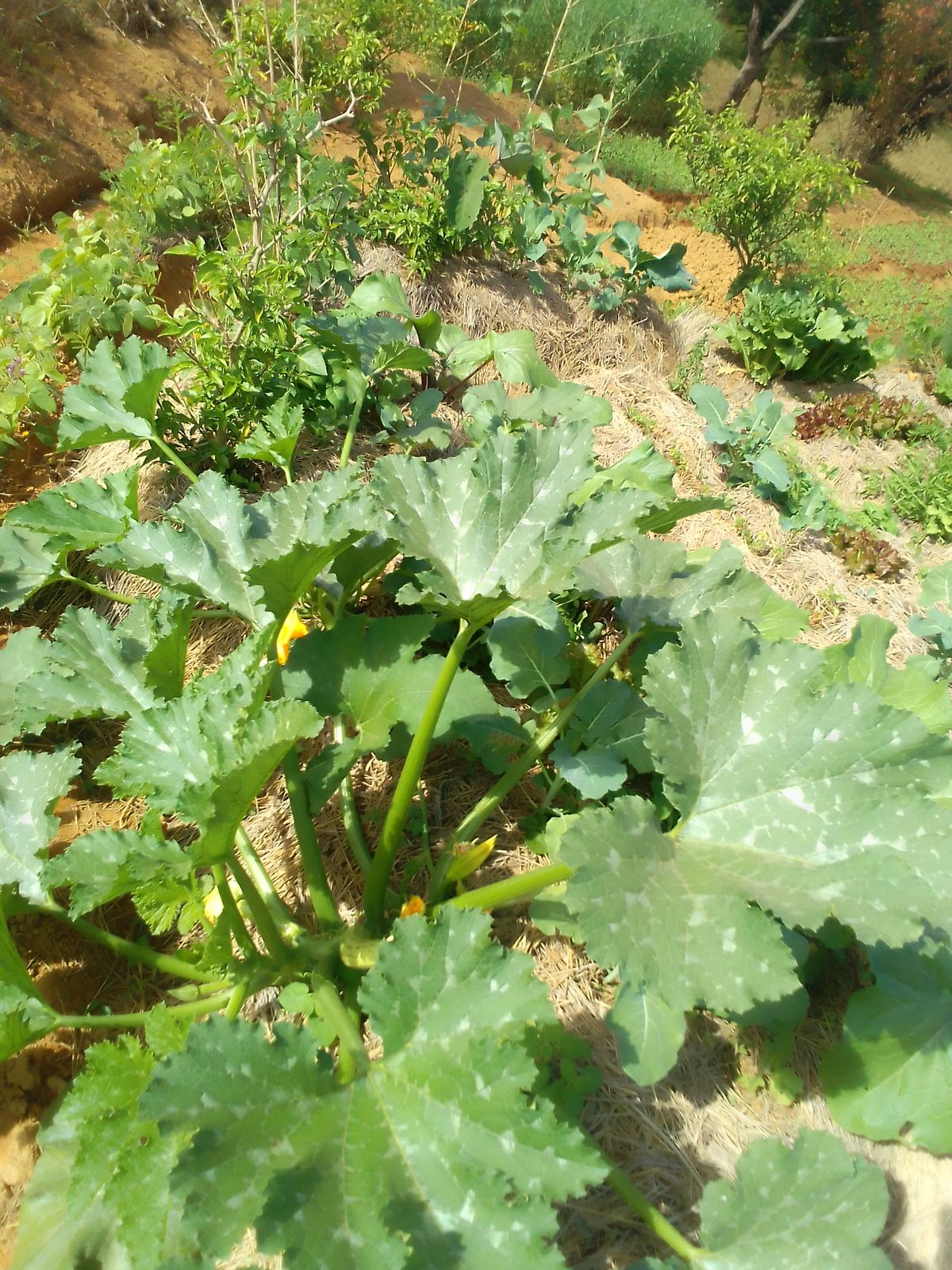
Mulching for Weed Control and Moisture Retention
Applying a layer of organic mulch, such as straw or wood chips, is a key strategy for both weed control and moisture retention in your zucchini garden. A depth of 2-3 inches of mulch is generally sufficient to suppress weed growth and facilitate easier weed removal. This practice not only keeps the weeds at bay but also helps the soil retain moisture, which is crucial for the health of your zucchini plants.
Benefits of Mulching:
- Suppresses weed growth
- Retains soil moisture
- Maintains even soil temperature
- Adds nutrients to the soil as it decomposes
By maintaining a consistent mulching routine, you ensure that your zucchini plants have the optimal environment to thrive, with minimal competition from weeds and a steady supply of moisture.
In addition to mulching, it’s important to establish a regular weeding schedule. Weekly weeding sessions prevent weeds from establishing themselves and competing with your zucchini plants for vital nutrients and water.
Fertilizing for Robust Zucchini Plants
To ensure your zucchini plants grow strong and healthy, fertilizing is key. Zucchini are known to be heavy feeders due to their robust growth and large leaves. It’s essential to enrich the soil with plenty of garden compost or well-rotted manure before planting. This organic matter not only improves soil structure but also provides the necessary nutrients like nitrogen, phosphate, and potassium for the plants’ growth.
Homemade compost is often recommended as the best fertilizer for zucchini plants. It’s a natural and effective way to deliver these nutrients. For a more targeted approach, consider preparing planting pockets filled with compost and a handful of organic fertilizer a few weeks before planting. This creates a nutrient-rich environment that zucchini plants will thrive in.
Here are some general guidelines for fertilizing zucchini:
- Mulch the soil to retain moisture and regulate soil temperature.
- Ensure the soil is well-draining to prevent waterlogging.
- Fertilize with a balanced fertilizer once a month.
- Regularly check for pests and diseases, treating them promptly if necessary.
- Water deeply and evenly, aiming for moist soil up to 4 inches deep, especially when fruits are forming.
Remember, consistent care and attention to the needs of your zucchini plants will result in a bountiful and delicious harvest.
Pruning and Maintenance for Plant Health
Regular maintenance and pruning are vital for healthy zucchini plants. Pruning enhances air circulation and sunlight exposure, which are crucial for preventing fungal diseases and ensuring fruit ripening. Remove any leaves or branches that touch the soil to avoid disease transmission.
- Pruning Steps:
- Remove leaves making contact with the soil
- Prune branches outside of cages or supports
- Trim back tallest branches if fruiting is delayed
Ensuring your zucchini plants are not overcrowded is essential for their health. Adequate spacing allows for better air flow, sunlight penetration, and nutrient uptake, reducing the risk of pests and diseases.
Implementing an effective watering strategy is also key. Consider drip irrigation to deliver water efficiently or collect rainwater to conserve resources and provide a natural water source for your plants.
Overcoming Common Zucchini Growing Challenges
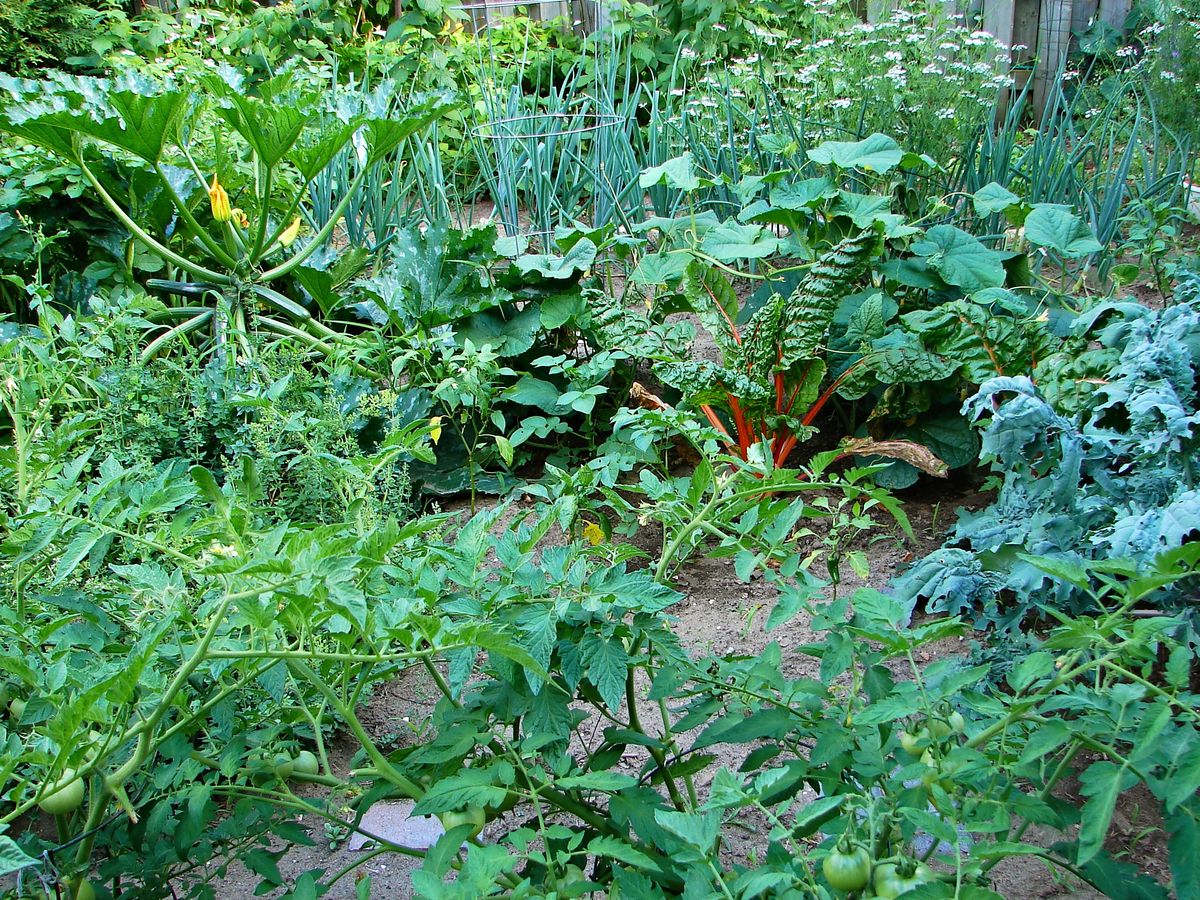
Ensuring Proper Pollination
Proper pollination is crucial for the successful development of zucchini fruits. Attracting and supporting pollinators is a natural way to enhance this process. Bees and insects are the primary agents, moving pollen from the male anther to the female stigma. To encourage their presence, consider the following steps:
- Plant flowers that attract pollinators
- Provide habitats, such as undisturbed ground for nesting
- Offer water sources
- Avoid harmful pesticides
In some cases, manual intervention may be necessary. Hand-pollination can be done using a small paintbrush to transfer pollen from male to female flowers. This is particularly useful when bee activity is low or in controlled environments like greenhouses.
Ensuring a healthy population of pollinators and being prepared to hand-pollinate when needed are key to a bountiful zucchini harvest.
Remember, the window for pollination is limited as flowers are open for only a short time. It’s important to monitor your plants and act promptly to maximize the chances of fertilization.
Controlling Pests and Diseases
To ensure a thriving zucchini crop, it’s crucial to control pests and diseases effectively. One organic method is the use of Neem oil and insecticidal soaps, which are gentle on beneficial species while targeting harmful pests. Regularly inspecting your plants is key; early detection allows for prompt action to remove pests or infected foliage before the problem escalates.
Crop rotation and proper plant spacing are essential for disease prevention. These practices promote better air circulation, which is vital in reducing the risk of fungal and bacterial diseases.
Physical barriers, such as row covers or nets, can provide an additional layer of protection against pests. Meanwhile, encouraging beneficial insects like ladybugs and lacewings can naturally mitigate common issues like aphid outbreaks. Remember, a healthy garden ecosystem is your best defense against pests and diseases.
Here are some practical steps to manage pests and diseases in your zucchini garden:
- Keep checking your plants, at least daily, for signs of pests or disease.
- Spray plants with water to prevent powdery mildew, especially in hot, dry weather.
- Remove and destroy any bugs found and crush their eggs to prevent further infestation.
- Implement companion planting to naturally repel pests and attract beneficial insects.
Managing Water and Fertilization for Perfect Produce
Achieving the perfect balance of water and fertilization is crucial for growing healthy zucchini. Water your plants deeply and regularly, ensuring the soil is evenly moist but not waterlogged. This promotes strong root development and helps prevent stress on the plants.
To optimize fertilization, start with a balanced fertilizer at planting. As your zucchini plants progress, side-dress with a bloom-boosting formula to encourage flower and fruit development. Remember to test the soil to determine specific nutrient needs and apply N-P-K based on those recommendations.
Consistent monitoring and adjustment of water and fertilizer levels are key to avoiding common issues such as blossom end rot or stunted growth.
Here are some efficient watering practices:
- Morning Watering: Reduces evaporation and fungal disease risk.
- Deep Watering: Encourages deeper root growth and drought tolerance.
- Drip Irrigation: Delivers water directly to the base of the plant, minimizing waste.
Avoid overhead watering to prevent fungal diseases, which can be detrimental to zucchini plants.
Harvesting and Storing Zucchini
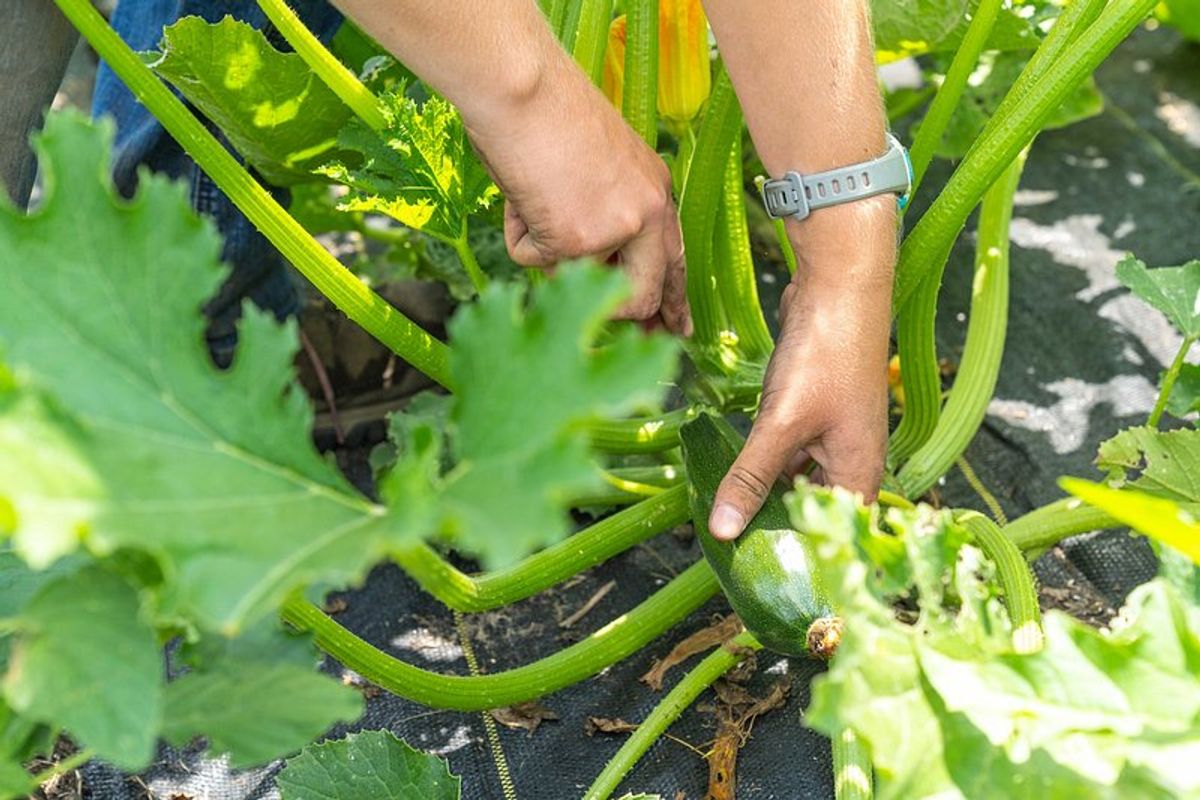
Identifying the Right Time to Harvest
Determining the optimal moment to harvest zucchini is crucial for ensuring the best flavor and texture. Harvest zucchini when they are young and tender, typically when they reach about 6 to 8 inches in length. At this stage, the skin is still soft and the seeds are underdeveloped, making them ideal for consumption.
- Morning Harvest: Harvest your zucchini early in the morning when they are at their crispest and most hydrated state.
- Frequency: Regularly picking zucchini can stimulate the plant to produce more fruit, so don’t hesitate to harvest often.
When zucchini are left to grow too large, they can become tough and seedy. It’s best to harvest while they’re small to medium-sized for the most delectable results.
Remember to use sharp, clean tools to cut the zucchini from the plant, minimizing damage and potential bruising. Handle your harvest gently to maintain its quality until it’s time to enjoy your fresh produce.
Techniques for Harvesting Zucchini
Harvesting zucchini at the right stage of maturity ensures the best flavor and texture. Use a sharp knife or gardening shears to cleanly cut the zucchini from the plant, being careful not to damage the vine. Leave a small portion of the stem attached to the fruit to prolong freshness.
When harvesting, handle the zucchini gently to prevent bruising and damage. This care will maintain the quality of the zucchini until it’s ready for consumption or storage.
It’s essential to check your plants every other day as zucchini can grow rapidly. A good rule of thumb is to harvest when they are about 6 to 8 inches long. However, some varieties may differ in optimal size, so be sure to know the specifics of the type you are growing.
Here is a simple checklist for harvesting zucchini:
- Ensure the zucchini has reached its mature size.
- Check that the skin is firm and the zucchini has a glossy appearance.
- Cut the zucchini with a clean, sharp tool.
- Handle with care to avoid any bruises or damage.
Best Practices for Storing Zucchini
To maintain the freshness and extend the shelf life of zucchini, proper storage is essential. Store unwashed zucchini in a plastic or paper bag with one end open to encourage air circulation, and place them in the refrigerator crisper drawer. This method will keep them fresh for up to 10 days.
For longer preservation, freezing is an excellent option. Zucchini can be frozen for about 3 months. To prepare zucchini for freezing, you can cube the squash or slice it into rounds. Blanching your zucchini is recommended before freezing; immerse it in boiling water for a few minutes, then transfer to ice water to halt the cooking process. Once cooled, drain well and pack in airtight containers or freezer bags.
When storing cut zucchini, it’s important to refrigerate, freeze, dehydrate, or pickle the pieces to ensure they retain their quality and offer culinary flexibility. Each method has its benefits, and choosing the right one depends on how you plan to use the zucchini later.
Remember, zucchini is not just for immediate consumption; it can be preserved for future recipes. Whether you’re looking to add it to soups, stews, or baked goods, proper storage will reduce waste and enhance your dishes.
Leveraging Companion Planting
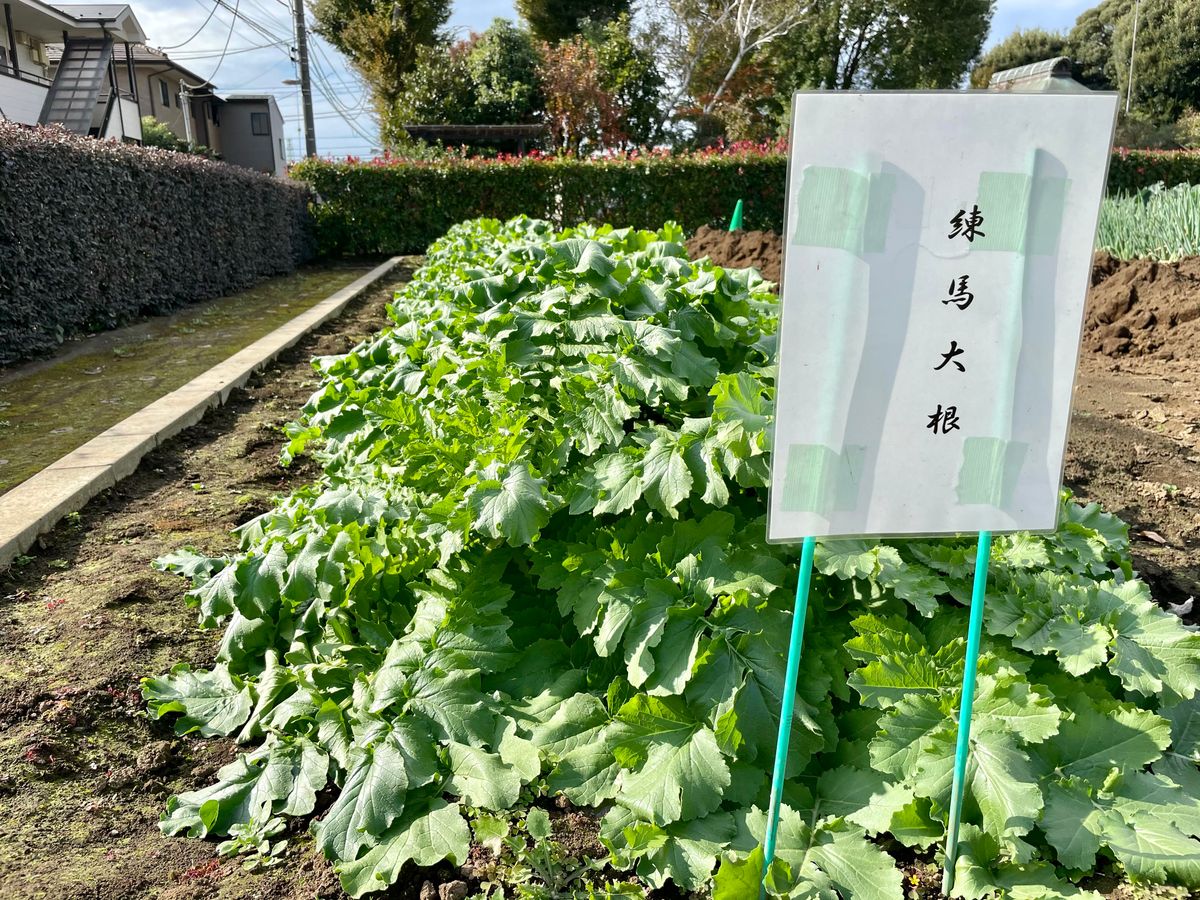
Benefits of Companion Planting with Zucchini
Companion planting with zucchini is a strategic approach that can significantly enhance the health and productivity of your garden. By pairing zucchini with beneficial neighbors, you can naturally deter pests and attract pollinators, leading to a more resilient and vibrant vegetable garden.
Companion planting supports plant growth in several ways, including improved soil conditions, better pest management, and increased pollination.
Here are some of the best companions for zucchini and their benefits:
- Marigolds: Deter pests with their strong scent.
- Peas and beans: Provide natural shade and improve soil nitrogen.
- Nasturtiums: Attract pollinators and repel harmful insects.
Remember, proper spacing is crucial to ensure that each plant has enough room to grow without competing for resources. Zucchini plants are quite bushy and require a lot of space, so be mindful of the distance between them and their companions.
Selecting the Right Companions for Zucchini
When planning your zucchini garden, selecting the right companions can maximize your harvest and create a more sustainable ecosystem. Herbs such as basil and oregano are excellent companions for zucchini, especially in containers, due to their compact growth habit and pest-repelling properties. Marigolds are also a popular choice, as they are known to deter pests while adding a splash of color to your garden.
By strategically placing companion plants, you can enhance zucchini growth and protect it from common pests. This natural approach reduces the need for chemical pesticides, promoting a healthier garden.
Here’s a list of some effective companions for zucchini and their benefits:
- Basil and oregano: repel pests and improve flavor
- Marigolds: deter pests and beautify the garden space
- Nasturtiums: provide a habitat for beneficial insects
Remember, proper spacing is crucial to ensure that each plant has enough room to grow without competing for resources. Zucchini plants are quite bushy and have large leaves, so companions should be placed at a suitable distance to allow for air circulation and sunlight exposure.
Crop Rotation to Maintain Soil Health
Implementing a crop rotation system is crucial for maintaining the long-term health of your garden’s soil. Rotate your zucchini crops to different areas of the garden each year to prevent soil depletion and the buildup of pests and diseases. This practice not only enriches the soil but also promotes a more diverse and resilient garden ecosystem.
Here are some simple steps to follow for effective crop rotation:
- Identify the different plant families in your garden.
- Create a rotation plan that moves these families to new locations each year.
- Avoid planting zucchini or related crops in the same spot consecutively.
By rotating crops, you ensure that each plant family can benefit from the nutrients and conditions left by the previous one, leading to a more productive garden.
Remember, crop rotation is not as complicated as it might seem. Even beginning gardeners can successfully implement this strategy to improve soil fertility, which ultimately translates to more and better produce.
Conclusion
In summary, cultivating zucchini can be a rewarding endeavor for any gardener, yielding an abundant harvest when approached with care and knowledge. By following the tips outlined in this article, such as enriching the soil with compost, ensuring consistent moisture, and employing companion planting, you can overcome common challenges like poor pollination and pests. Remember to rotate your crops annually, utilize vertical space efficiently, and monitor for any signs of distress in your plants. With these strategies in place, you’re well on your way to enjoying a bumper crop of zucchini, perfect for sharing with neighbors or transforming into delicious dishes. Happy gardening!
Step-by-Step to Growing Bell Peppers in Your Garden
Mastering the Art of Growing Carrots: Tips for a Bountiful Harvest


